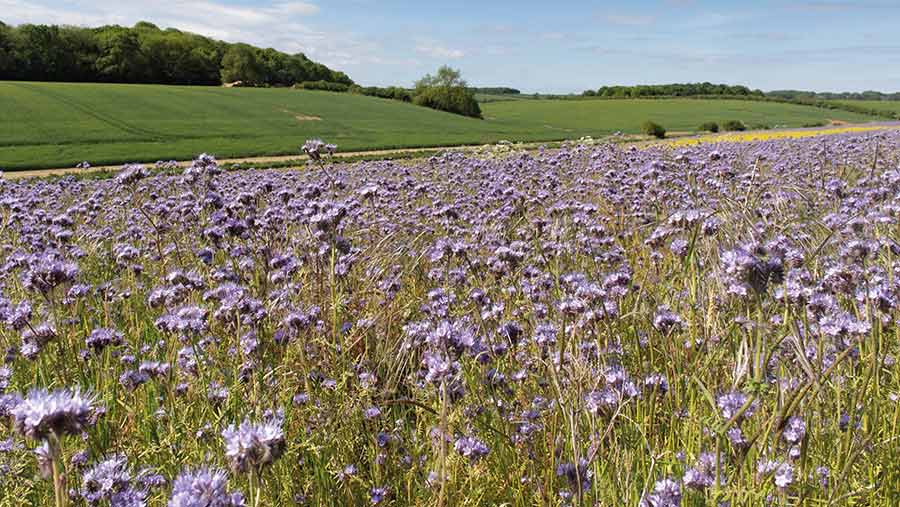Inheritance tax fears deterring agri-environment scheme entry
 © Tim Scrivener
© Tim Scrivener Concern about the risk of changing their land’s tax status is deterring farmers from entering agri-environment agreements requiring a change of use, according to the Central Association of Agricultural Valuers (CAAV).
The organisation has warned that many farmers and landowners are being cautious about entering Defra’s proposed Local Nature Recovery and Landscape Recovery schemes – as well as projects involving peatland restoration, biodiversity net gain (BNG), nutrient neutrality agreements or rewilding – because of fears about the potential impact on inheritance tax (IHT) reliefs.
See also: Tips for maintaining farming and inheritance tax reliefs
Agricultural land that is occupied for the purposes of agriculture is, subject to certain conditions, eligible for up to 100% agricultural property relief (APR) on its agricultural value from IHT.
APR can apply to agricultural buildings occupied with that land and to farmhouses used for the day-to-day management of that land.
However, where land is managed for nature recovery or environmental benefit, it may be withdrawn from agricultural use altogether or, the land might be managed by a less intensive agricultural use. This may mean the purpose of the occupation is instead environmental.
Jeremy Moody, CAAV secretary and adviser, says: “The concern of landowners and their advisers is that the land and a farmhouse could then be ineligible for APR to their substantial cost.
“APR is a significant relief in the mind of owners and landlords of tenanted land, as 40% of the value of their land is at stake.
“The prospect of losing APR acts as a real and significant barrier to landowners who might otherwise participate in such schemes and so hinders the delivery of the government’s environmental policies.”
Mr Moody says one answer to this would be to build on the existing model of the now largely redundant section 124C of the Inheritance Tax Act 1984.
This allows land in agreements under specified Habitats Regulations to be regarded as agricultural land and that this use is an agricultural use for IHT purposes.
A similar provision was made for short rotation coppice.
“This offers a relatively straightforward ‘oven-ready’ answer, giving a simple and very strong signal to landowners that the tax system supports the government’s objectives here, not hinders them or leaves uncertainty,” he says.
It would be an approach that meant there would be fiscal neutrality between agricultural and environmental uses, both of the land itself and any associated farmhouse.
There would be no test of trading business activity, so this would achieve the same outcome for agricultural landlords, removing a key reason for them to resist tenants considering more significant environmental agreements.
The alternative of business property relief might not be available if the use did not look like a business and is anyway less relevant to landlords.
Such an approach would require defining the basis on which land would benefit from this provision but, following the model used previously under section 124C, this could be by reference to it being:
- In an agreement under a financial assistance scheme under the Agriculture Act 2020
- Subject to a conservation covenant under the Environment Act 2021
- On the BNG register that is to be established.
The CAAV, CLA and others have made representations to HM Treasury on this matter.
Mr Moody says clear guidance from HMRC to farmers confirming that adopting environmental commitments would be recognised with relief from IHT was the “single most critical” policy change available to the government to give farmers greater confidence.
The equivalent change in 1995, where it was confirmed there would be a 100% rate of APR available on let farmland, was very effective in supporting use of the then new farm business tenancies regime.
“If owners continue to fear that entering a significant environmental agreement risks a 40% charge to IHT on the value of their land, few will want to take this venture,” warns Mr Moody.
